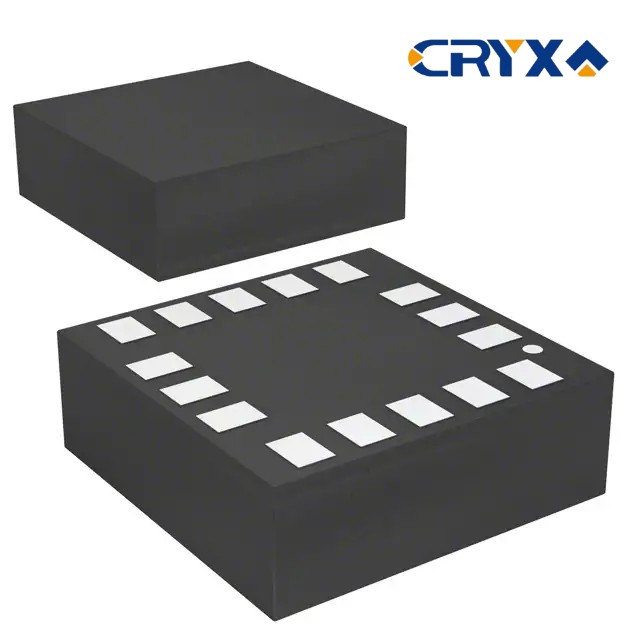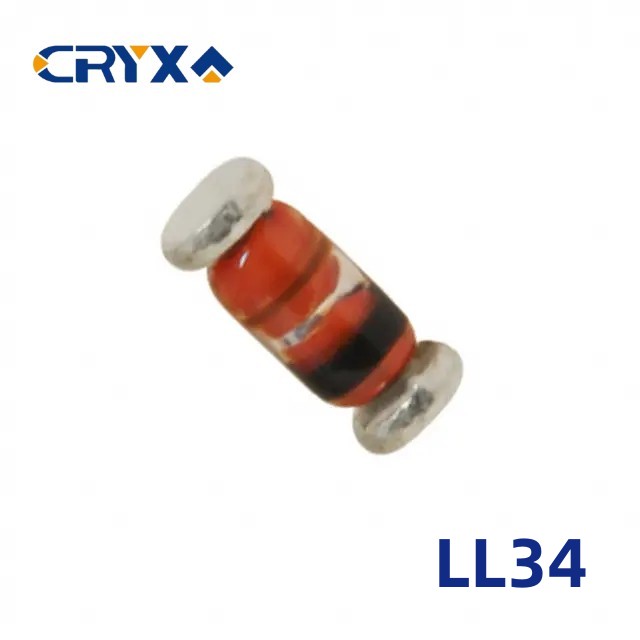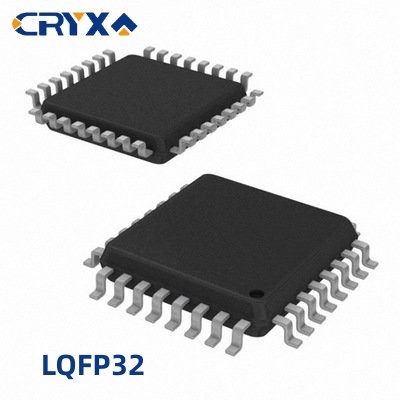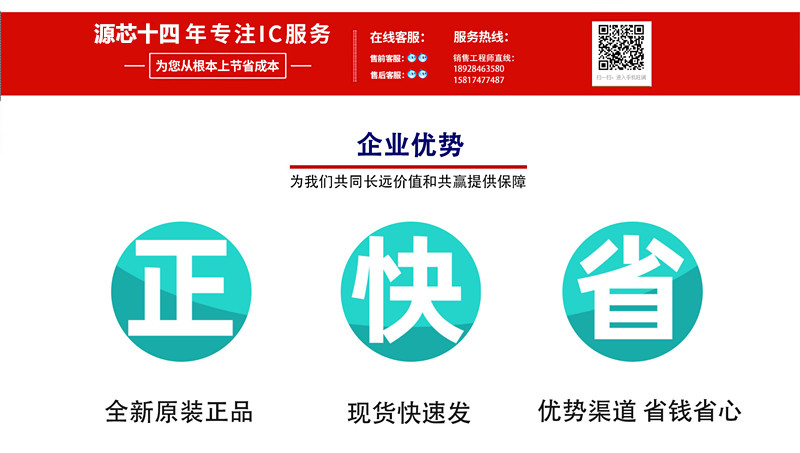From 2006 to 2007, there were only 5 mergers and acquisitions in the field of compound semiconductors, with only one such acquisition occurring in about two years. However, after 2018, mergers and acquisitions in the field of compound semiconductors began to occur frequently, with new mergers and acquisitions occurring almost every year. In the past two years, compound semiconductors have had 6 mergers and acquisitions every year, significantly exceeding previous data.

In the mergers and acquisitions of the compound industry, SiC and GaN are the majority, with SiC at the core, with 21 mergers and acquisitions directly related to SiC.
In terms of time span, the SiC industry has been accelerating mergers and acquisitions in the past few years. One important reason is that after more than 20 years of development, SiC has been able to be mass-produced and applied to the market, especially driven by Tesla. SiC has become a popular product in the automotive semiconductor field. Against the backdrop of the outbreak of new energy vehicles, various enterprises have accelerated their layout in the SiC industry, and the phenomenon of accelerated mergers and acquisitions has also emerged.
Industry leaders dominate mergers and acquisitions
The frequency of mergers and acquisitions in different countries and regions can also directly reflect its strength in the compound semiconductor industry. The United States and Europe are regions with strong compound semiconductor industries. The United States has Wolfspeed, On Semis, II-VI, etc., while Europe has ST, Infineon, Soitec, etc. These industry leaders have accelerated integration in the past few years. Therefore, these two regions also have the highest number of mergers and acquisitions. There are a total of 12 mergers and acquisitions led by the United States, of which only 2 were conducted before 2018. Wolfspeed acquired Intrinsic Semiconductor in 2006 and APEI in 2016.

The European region is second only to the United States and has led a total of 8 mergers and acquisitions, all occurring in 2018 and beyond, with ST and Infineon being the main players.
ST acquired Northel AB in 2019 to strengthen its capabilities in SiC wafer manufacturing and ensure production capacity. In 2020, ST also acquired Exgan to enhance its capabilities in GaN power device design. Infineon acquired Silvectra GMbH in 2018 to master the key technology of SiC wafer cold cutting, and recently acquired GaN Systems to strengthen its presence in the GaN field.
Japan and South Korea have conducted 5 and 4 mergers and acquisitions respectively. At present, there are only two cases in China, namely the acquisition of Runxin Micro by China Resources Micro and the acquisition of Israel‘s VisIC by Jingfang Technology.
It is not difficult to see from these merger and acquisition cases that the reason for so many mergers and acquisitions between the United States and Europe is mainly driven by leading companies in the industry.
Pure compound semiconductor companies like Wolfspeed have grown into industry leaders after a long period of sedimentation, so they have sufficient capital to carry out mergers and acquisitions, enabling them to grow into a platform based company.
Enterprises such as On Semis, ST, and Infineon are already platform based and have long established themselves in the field of compound semiconductors. Nowadays, accelerating mergers and acquisitions during the industrial boom can continue to expand their territory in this field and provide strong growth momentum for their performance.

In addition, there is another type of enterprise that belongs to the cross-border entry of compound semiconductors and hopes to get a share of the market. For example, Jingfang Technology, which is engaged in packaging testing, enters the GaN power device design, and SK Group continues to acquire and layout the SiC field. These enterprises mainly focus on business diversification.
http://www.ic-bom.com/






